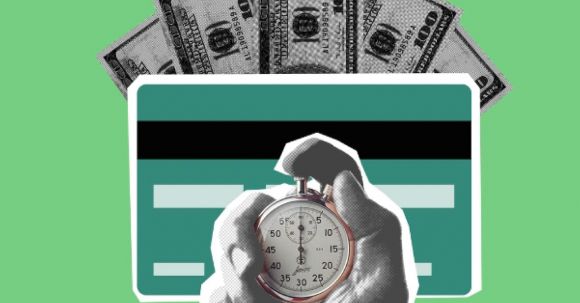Running a successful restaurant is not just about providing delicious food and great service. It also involves managing costs effectively, especially when it comes to food and beverage expenses. By implementing the right strategies, restaurant owners and managers can maximize profits while maintaining the quality of their offerings. Here are some tips for managing food and beverage costs in a restaurant.
1. Analyze and Adjust Menu Pricing
One of the first steps in managing food and beverage costs is to analyze and adjust menu pricing. It’s important to regularly review the cost of ingredients, overhead expenses, and profit margins. If certain menu items are not generating enough profit, consider increasing their prices or removing them from the menu altogether. On the other hand, if some items are particularly popular and have a high profit margin, consider promoting them to increase sales.
2. Optimize Inventory Management
Effective inventory management is crucial for controlling food and beverage costs. Start by conducting regular inventory checks to keep track of stock levels and identify any discrepancies. This will help prevent over-ordering or under-ordering, which can lead to waste or shortages. Additionally, establish relationships with reliable suppliers and negotiate favorable pricing and delivery terms. By optimizing inventory management, you can reduce waste and ensure that you always have the necessary ingredients on hand.
3. Minimize Food Waste
Food waste can significantly impact a restaurant’s bottom line. To minimize waste, it’s important to accurately forecast demand and adjust the quantity of ingredients ordered accordingly. Train your kitchen staff to properly portion meals and use leftover ingredients creatively in other dishes. Implementing a composting program can also help reduce waste and contribute to sustainability efforts. By minimizing food waste, you can save money and promote a more environmentally friendly operation.
4. Control Beverage Costs
Beverages, such as alcoholic drinks and soft drinks, can quickly add up in terms of cost. To control beverage costs, consider implementing portion control measures, such as using jiggers for pouring alcohol or serving soda from a fountain instead of individual cans or bottles. Negotiate favorable pricing with beverage suppliers and regularly review sales data to identify popular drinks that offer high profit margins. Additionally, consider offering specialty cocktails or house-made beverages to increase profitability.
5. Train and Educate Staff
Properly trained and educated staff play a crucial role in managing food and beverage costs. Train your front-of-house staff to upsell high-profit items and educate them on the importance of portion control. In the kitchen, ensure that your chefs and cooks understand the importance of minimizing waste and using ingredients efficiently. Regularly communicate cost-saving measures and provide ongoing training to keep your staff informed and motivated.
6. Monitor and Analyze Sales Data
Monitoring and analyzing sales data is essential for identifying trends, customer preferences, and potential cost-saving opportunities. Utilize restaurant management software to track sales, inventory, and menu performance. Analyze the data to identify areas of improvement and make informed decisions regarding menu changes, pricing adjustments, and promotional activities. By staying informed about your restaurant’s performance, you can proactively manage food and beverage costs.
In conclusion,
Managing food and beverage costs in a restaurant requires a proactive and strategic approach. By analyzing and adjusting menu pricing, optimizing inventory management, minimizing food waste, controlling beverage costs, training and educating staff, and monitoring sales data, restaurant owners and managers can effectively manage costs while maintaining the quality and profitability of their establishment. Implement these tips to ensure the long-term success of your restaurant.
